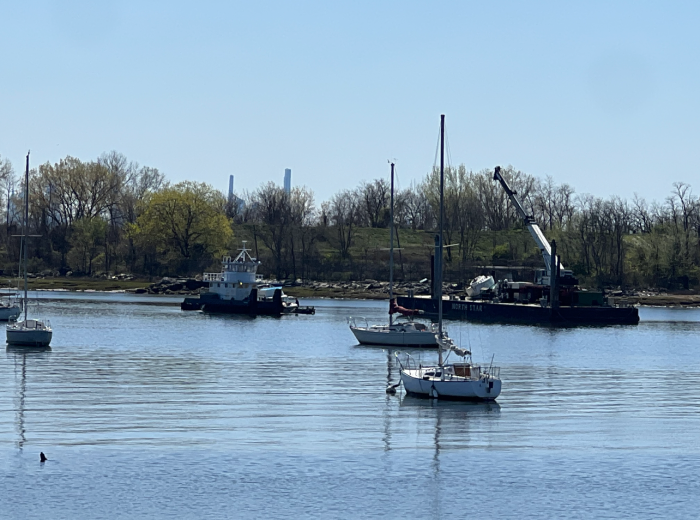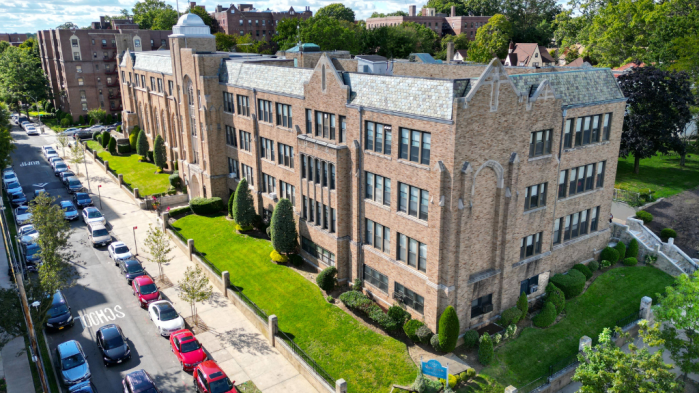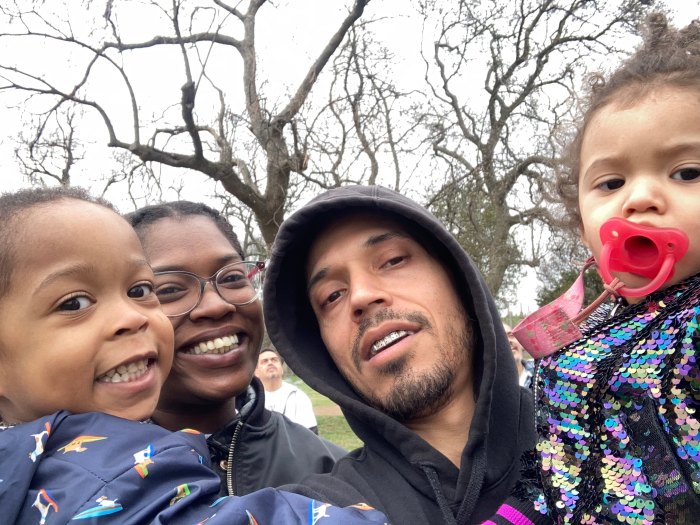Criminal charges against six Baltimore police officers in the death of Freddie Gray mark an auspicious turn in a troubling tragedy. When a man’s spine is severed and his larynx crushed while in police custody, someone has to be held accountable.
But it’s not just the actions of those officers that demand scrutiny as the nation reels from the death at the hands of police of one unarmed black man after another.
What’s needed is reform of a police culture that has often poisoned relations between police and blacks, undermined respect for cops and the law, and laid the groundwork for the deaths.
The felony charges against the Baltimore officers, including an unexpected second-degree murder count against one officer, are just allegations. The officers are innocent until proved guilty.
But the scenario leading to Gray’s death — aggressive policing, unjustified arrest, physical abuse, denial of timely medical care and filing of false reports — is a road map to the rot in law enforcement culture that has to be rooted out.
There was no reason to arrest Gray, the state’s attorney in Baltimore said. If that’s true, it’s an example of the over-policing decried in minority and poor neighborhoods for decades. Another is the disproportionate arrests of black people documented recently in Missouri, arrests made not to enforce the law but to levy fines that enrich municipalities.
Gray was manacled hand and foot, tossed face down into a van without a seat belt — a “rough ride” sure to slam him into the walls of the police van. That highlights a culture in which police feel safe punishing suspects.
When Gray was arrested, he could be seen on video grimacing and heard screaming with his legs dragging as he was hoisted into the van. But his repeated pleas for medical attention were ignored for about an hour.
That shows a callous disregard for human life also on display in the death of Eric Garner on Staten Island. New York City police were seen on video milling about as Garner lay unconscious on the street after being taken down in an apparent banned chokehold and wheezing that he couldn’t breathe.
It was the same with Akai Gurley, who was shot dead while entering a stairwell in a Brooklyn housing project and left unattended while the officer who pulled the trigger fretted about what the shooting would mean for his career.
Then there’s the willingness of police to lie in reports to cover up their culpability. The officers who arrested Gray reported they took him into custody without incident, which wasn’t the case. And they didn’t mention a mysterious stop made en route to the precinct.
It was the same in North Charleston, South Carolina, where an officer shot Walter Scott in the back when he ran away after a traffic stop. The officer said in his report that he shot Scott after he took the officer’s Taser in a struggle. But a video showed the officer shot Scott, then retrieved what seemed to be the Taser from some distance away and dropped it near Scott’s body.
Most cops don’t behave that way. But the problem is compounded when those who don’t go along with cover-ups. There is no honor in standing by while fellow officers bend the rules and break the law. The blue wall of silence is just another term for obstructing justice.
Even when police excesses don’t end with deaths, they grease the skids to prison for too many people.
Black men in particular are disproportionately arrested and given long stretches behind bars. Once released, their records compromise prospects for work, housing and education, making it harder to build a law-abiding life. That cycle has become the destructive norm in many poor, black communities.
Congress should require departments to file reports of police-involved deaths with federal officials, including the race of victims.
The evidence grand juries weigh in police shootings should be made public when there is no indictment. The public needs to judge whether cases were handled fairly. And, sadly, the public needs to become more skeptical of police accounts of incidents in which people die. Recent events have made it clear that police don’t always tell the truth.
With cameras trained on police, the public is privy to incidences of deadly force in a visceral way never before possible. They are not isolated incidents.
Hopefully, Gray’s death will be the inflection point when the nation goes from arguing about individual cases and embraces the fact that a police culture that has led to so many deaths must change.

















